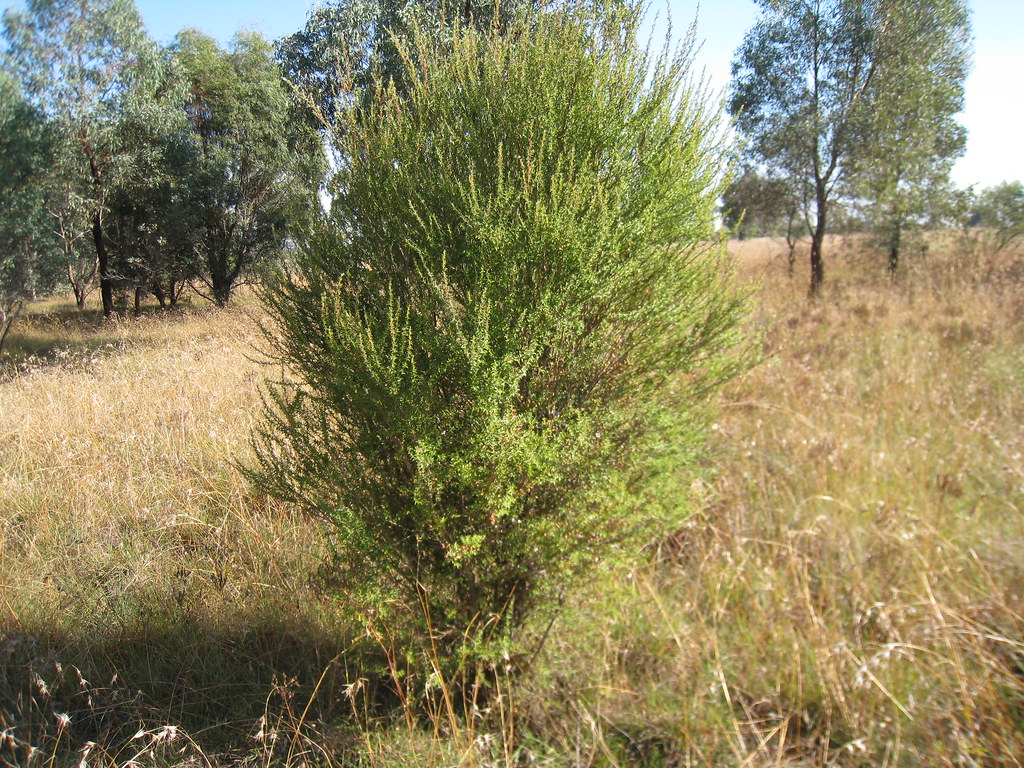ECHA opens consultation on hazards and toxicity of tea tree oil

ECHA opens consultation on hazards and toxicity of tea tree oil – A consultation on the harmonized classification and labeling of tea tree, Melaleuca alternifolia extract and essential oil has been submitted by Poland to the European Chemicals Agency (ECHA) for review. The country has submitted a proposal highlighting the hazardous effects of tea tree oil (TTO) on human health and toxic effects on aquatic life.
Those with relevant information on TTO are encouraged to provide it to the submitter. The deadline for comments is January 27, 2023 and the statutory deadline for approval of the opinion is May 18, 2024.
Complex substance
The proposal submitted by Poland describes TTO as a naturally occurring substance of complex, unknown or variable composition with complex reactions. It consists of terpene hydrocarbons – mainly monoterpenes – sesquiterpenes and associated alcohols, among others.
History
The oil is currently not included in Cosmetics Regulation 1223/2009 or the CLP Regulation. The ingredient needs to be re-authorized under Commission Regulation 823/2012. The dossier was previously submitted in February 2018 in support of the extension of the TTO in Commission Regulation 1107/2009.
Proposed changes based on harm
Poland plans to classify TTO as hazardous because it is a flammable liquid. The acute toxicity of the ingredients can be harmful to human health if swallowed or inhaled. In addition, the country emphasizes skin irritation and sensitivity due to the potential to cause an allergic reaction. The potential for TTO to have adverse effects on fertility is also highlighted.
Specific acute toxicity estimate
The Central European country also proposed an estimate of specific acute toxicity (ATE) at a concentration of 1049 mg/kg BW (body weight) TTO for oral intake. “Based on the assessment performed, a low acute contact and low oral risk can be concluded,” the proposal states. The ATE for inhalation is 3.64 mg/l in mist form.
Harm to aquatic life
Although the harm to human health is classified as hazardous – not toxic – the harm to aquatic life can be catastrophic. Those with relevant information on TTO are encouraged to provide it to the submitter of the file. Poland emphasizes that TTO can be very toxic to aquatic life and the damage can have long-lasting effects.
Suggest possible changes
In addition, these proposals are subject to change until the Risk Assessment Committee approves the opinion. In addition, hazard classes can be commented on during deliberation, which can help inform judgment.
Regulatory Updates
- The European Committee (EC) is seeking advice from the Scientific Committee on Consumer Safety (SCCS) on the safe use of the hair dye hydroxypropyl-p-phenylenediamine and its dihydrochloride salt. The SCCS has nine months to submit its conclusions, beginning Sept. 20 with a deadline of June 20, 2023.
- Meanwhile, the SCCS shared its final opinion on the use of the aglycone form of genistein and daidzein in cosmetics, taking into account their potential endocrine disruption (ED). The compounds are currently used in cosmetics as antioxidants, skin protectants, and skin and hair conditioners.
- The EC also restricts the use of methyl salicylate, an active ingredient used in cosmetics for its odor, taste and emollient properties, as it can cause irritation and acute toxicity. The restrictions are mandatory from December 17 this year, which means that they are not allowed on the market.
Source: Personal Care Insights
Also Read: Rodent traps can be effective in combating house mouse infestations
Reservation
This information has been compiled with the greatest possible care, in some cases from different information sources. (Interpretation) errors are not excluded. No legal obligation can therefore be derived from this text. Everyone dealing with this subject has the responsibility to delve into the matter!
